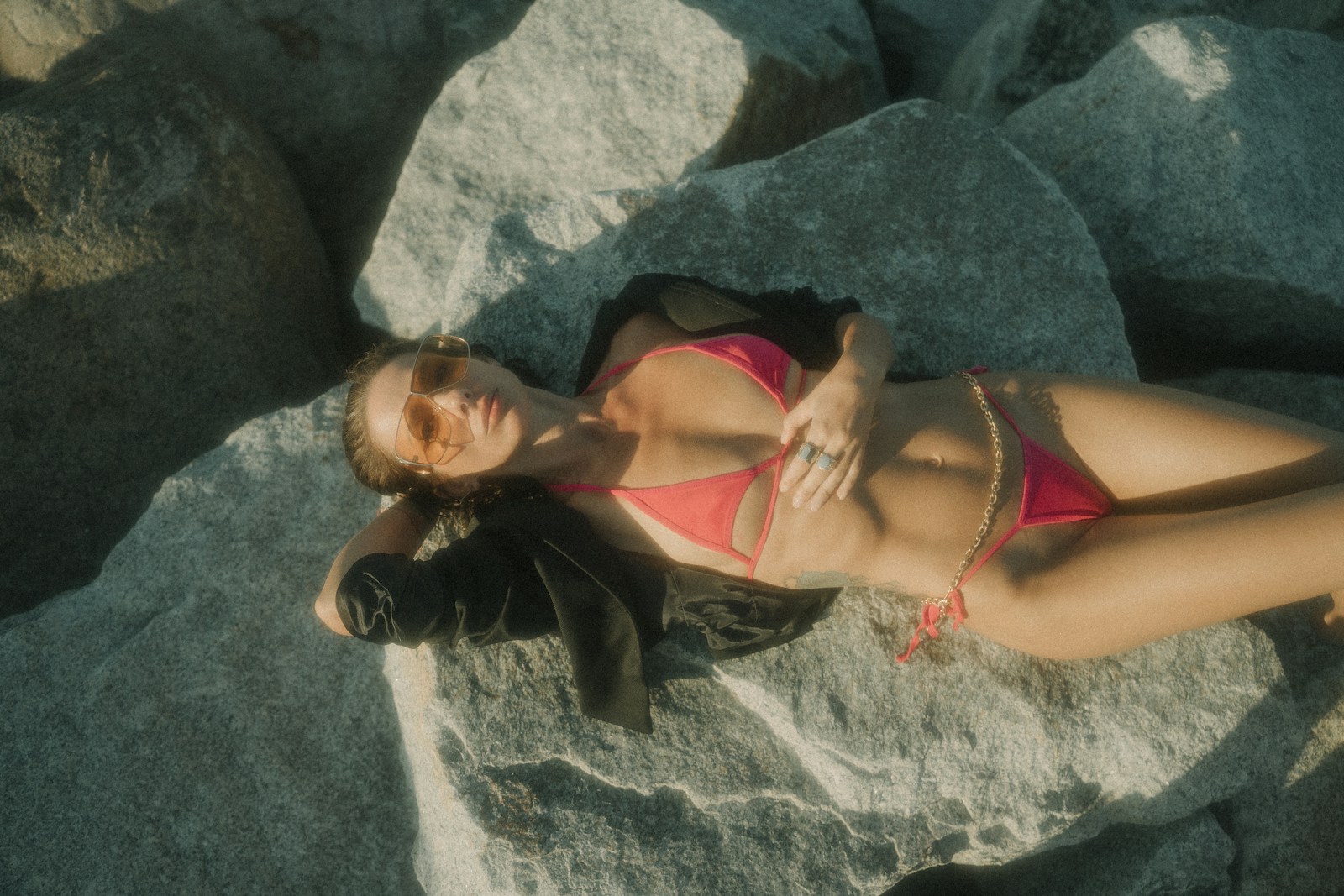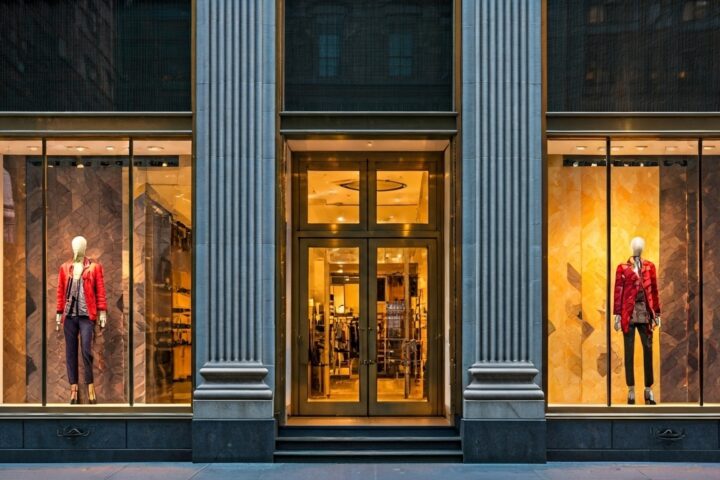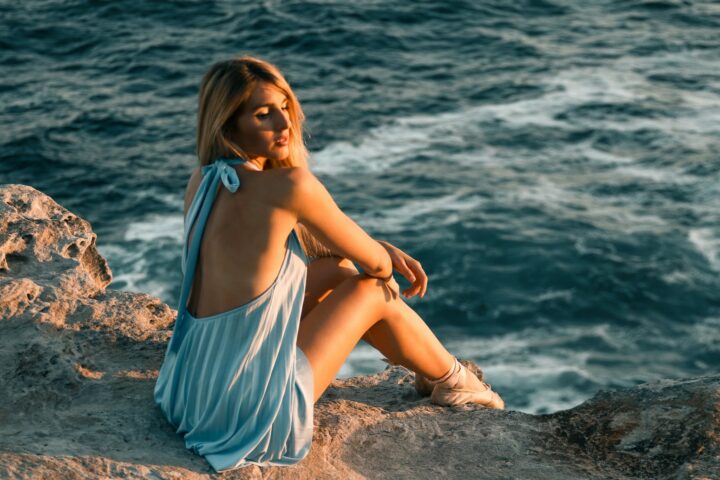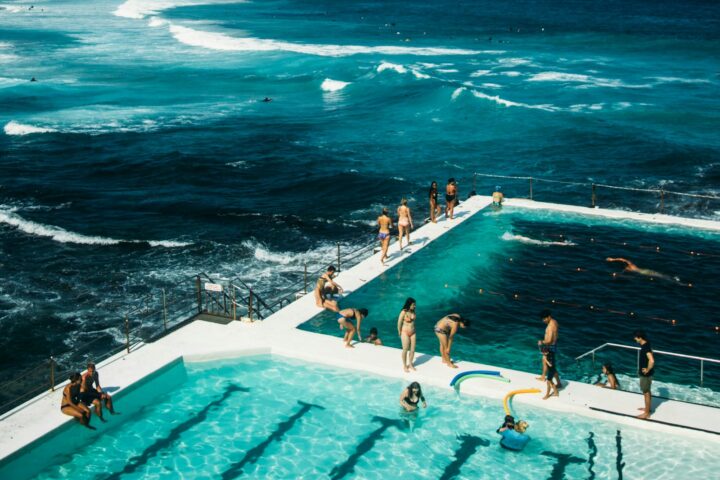The latest trend and attention has been increasingly captivated by K-beauty routines and French pharmacy finds, the Southern Hemisphere is quietly shaping a skincare revolution of its own. One grounded in science, sustainability, and sun-smart living.
From Bondi Beach to Auckland’s Viaduct Harbour, Australians and New Zealanders aren’t just battling UV rays; they’re pioneering holistic skincare approaches that blend indigenous wisdom with dermatological science.
As global trends continue to shift toward ethical ingredients and environmental awareness, it’s time the world took a closer look at what’s happening Down Under.
A culture built on sun protection
“Australasia has the highest rates of skin cancer in the world,” says Dermatologist Auckland. “But instead of shying away from the sun, we’ve learned to respect it, and that’s reshaped how we treat and prevent skin damage.”
In both Australia and New Zealand, sun safety is a lifestyle, often reinforced through national campaigns like Slip, Slop, Slap. But beyond public health messaging, these countries are producing some of the most advanced and wearable sun protection products in the global market. Think lightweight zinc oxide formulations, breathable UPF-rated clothing, and reef-safe sunscreens that align with sustainability mandates.
For example, brands like Ultra Violette and Mecca Cosmetica have turned SPF into a luxury skincare category of its own. In New Zealand, Ethique, a sustainable beauty brand originating in Christchurch, has made international waves with its plastic-free sunscreen bars and solid skincare lines.
Nature-derived ingredients with a scientific backbone
Move over snail mucin and cica, ingredients like manuka honey, kawakawa, and kakadu plum are stealing the spotlight, backed by both ancestral use and modern-day clinical research.
- Manuka honey, unique to New Zealand, has been studied for its antimicrobial properties and its ability to soothe inflammatory skin conditions like eczema and acne. It’s now appearing in both local and international dermatology-grade formulations.
- Kakadu plum, hailing from Northern Australia, boasts the highest known natural vitamin C concentration and is being used in serums targeting pigmentation and sun damage.
- Kawakawa, a traditional Māori remedy, is gaining traction in natural balms and anti-inflammatory treatments.
“What sets these ingredients apart is their cultural significance and local sourcing, which enhances transparency and traceability, consumers know where their skincare is coming from.”
The rise of tech-forward, eco-conscious clinics
Not only are products evolving, but the dermatology and aesthetic industries in both countries are redefining luxury through a lens of minimalism, sustainability, and tech innovation.
Clinics are opting for LED therapies, radiofrequency treatments, and non-invasive rejuvenation strategies that offer results without downtime or environmental cost.
At our own practice in Auckland, we’re seeing a growing demand for preventative dermatology: patients in their 20s and 30s who aren’t chasing anti-aging miracles, but instead are focused on long-term skin preservation. “The skincare narrative here is about health and longevity, not just appearance.”
Why the world should pay attention
In the era of conscious beauty, Australia and New Zealand are offering more than novelty, they’re providing a scalable model for sustainable, effective skincare that’s grounded in real-world needs.
From coastal humidity to harsh sun, from indigenous botanicals to high SPF standards, the Southern Hemisphere has crafted a skincare ethos the rest of the world would be wise to emulate.
So the next time you’re curating your skincare shelf, look south. Your skin, and the planet, may thank you.









